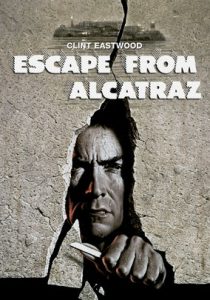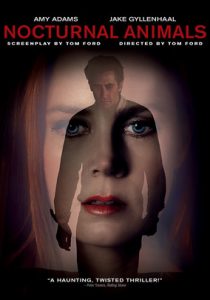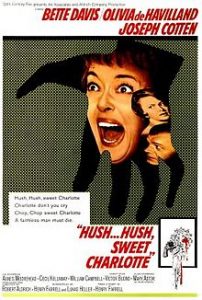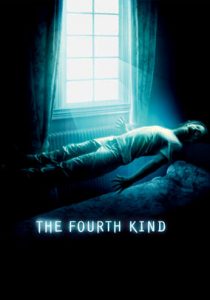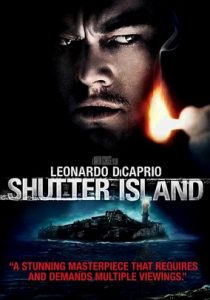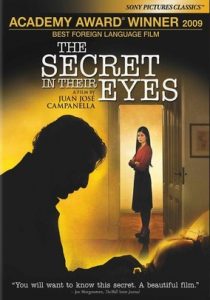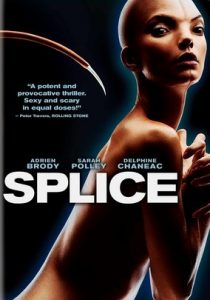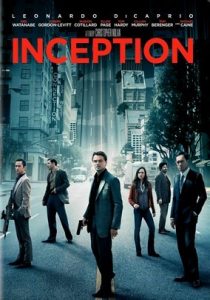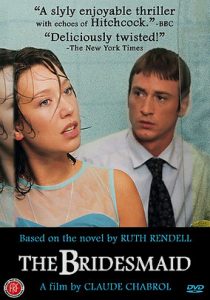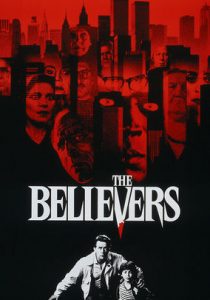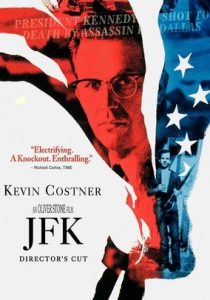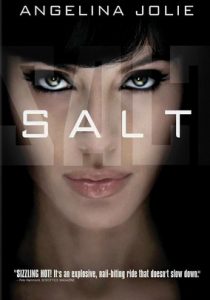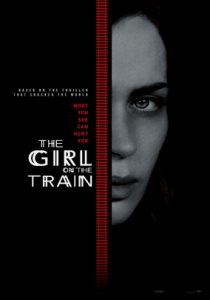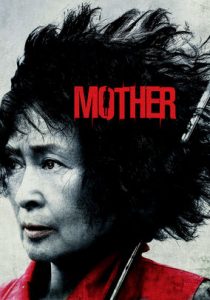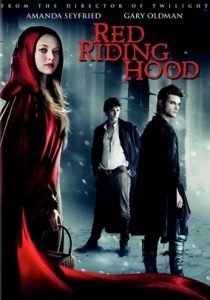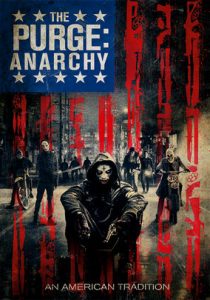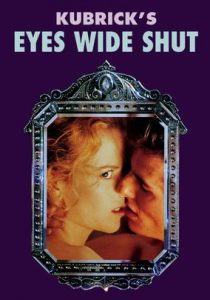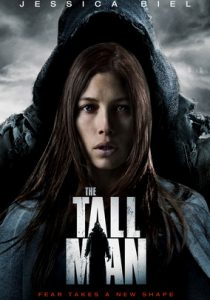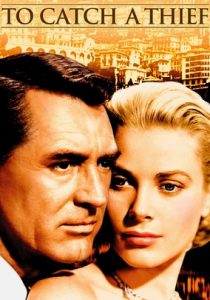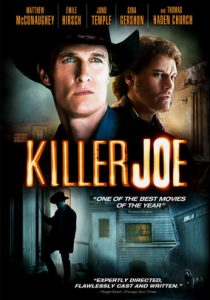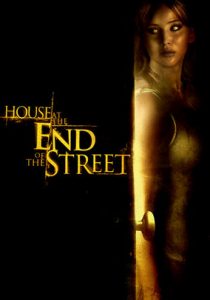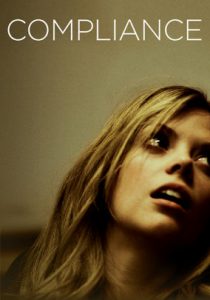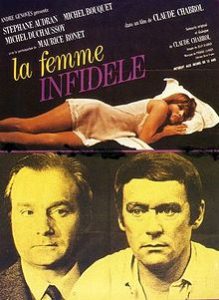Escape from Alcatraz-1979
Director Don Siegel
Starring Clint Eastwood
Scott’s Review #656
Reviewed July 2, 2017
Grade: B+
Made during the heyday (the 1970s and the early 1980s) of a slew of action and thriller-type films to star popular actor, Clint Eastwood, Escape from Alcatraz is a gritty, guy-focused film with not one single female character insight.
The film is directed by Don Siegel, who also directed Eastwood in several previous films, most notably, Dirty Harry in 1971, and contains a grittiness frequently used in this genre of film during the period.
Reminiscent in style of 1975’s One Flew Over the Cuckoo’s Nest in its authority repressing and taking advantage of the victimized common man, the film itself is also a good historical account of one of the most famous prison escapes ever achieved, in 1962.
Having recently visited the long since shut down Alcatraz prison near San Francisco, California, the film was wonderful to watch at this time as much of it was shot inside and around the actual prison grounds.
We immediately meet Frank Morris (Eastwood) as he is unceremoniously led to the infamous Alcatraz prison on a stormy, chilly night in foggy San Francisco. The dark, harsh weather perfectly sets the tone for the dreary prison experience he will face.
Morris is stripped, searched, intimidated by the warden and the guards, and paraded around naked, finally taken to his tiny cell, where he will presumably spend the rest of his life.
The film does not reveal what crimes Morris has committed to warrant his tenure in Alcatraz this way the character is more sympathetic.
Slowly, Morris befriends other inmates and formulates an idea to escape the impossible prison by digging through the cement walls with spoons and escaping through pipes.
The other inmates featured in the film are the Anglin brothers, in for robbery, a kindly older man named Doc, who fervently paints the time away, nervous Charlie Butts, and English, an intelligent black man serving two life sentences for killing two white men in self-defense.
All of these men in some way aid Morris in his escape from the torturous Alcatraz.
A side story involves a bully named Wolf, who has designs on Morris from day one. Whether Wolf is actually gay or merely a menace is unknown and not explored. Throughout the film, Wolf and Morris fight and spend time in solitary confinement and their rivalry is an interesting sub-plot.
The film wants the viewer to be on the side of the prisoners and I am not sure if in real life the prisoners would be as sympathetic as portrayed in the film. Most of them seem to be confined to Alcatraz for robberies or crimes they did not commit or circumstances deeming the crimes inevitable in some way.
Furthering a liberal slant to the film is the friendship between Morris and English. An interracial friendship between the men reveals that our hero Morris is progressive-thinking and a “good guy”.
Conversely, most of the guards and certainly the Warden (Patrick McGoohan) are written as terrible, unsympathetic people. When an inmate drops dead of a heart attack, the warden coldly remarks “Some men are destined never to leave Alcatraz alive”.
The Warden is the foil of the film and in the final scene, the Warden gets a bit of comeuppance when a mocking souvenir is left for him.
To further compare Escape from Alcatraz to One Flew Over the Cuckoo’s Nest, the Warden is a similar character to the infamous Nurse Ratched in their mutual, diabolical sadism.
I am unsure if in “real life” the distinctions between the prisoners and the authority figures were so black and white, but it sure makes for good film drama. It is “the heroes versus the villains” but in reverse.
The inevitable escape sequence is predictable but highly compelling as Morris and Company enact their escape plot during an overnight.
The usage of papier-mache dolls to fool the guards is heavily dramatic and compelling.
Escape from Alcatraz (1979) is not high art but works as a historical account of a real-life incident in one of the most discussed prisons in United States history.
The film is also a perfect starring vehicle for Eastwood as he is well cast in the gritty, yet likable role of prisoner Morris.
The film is a good, solid, late 1970s thriller.
